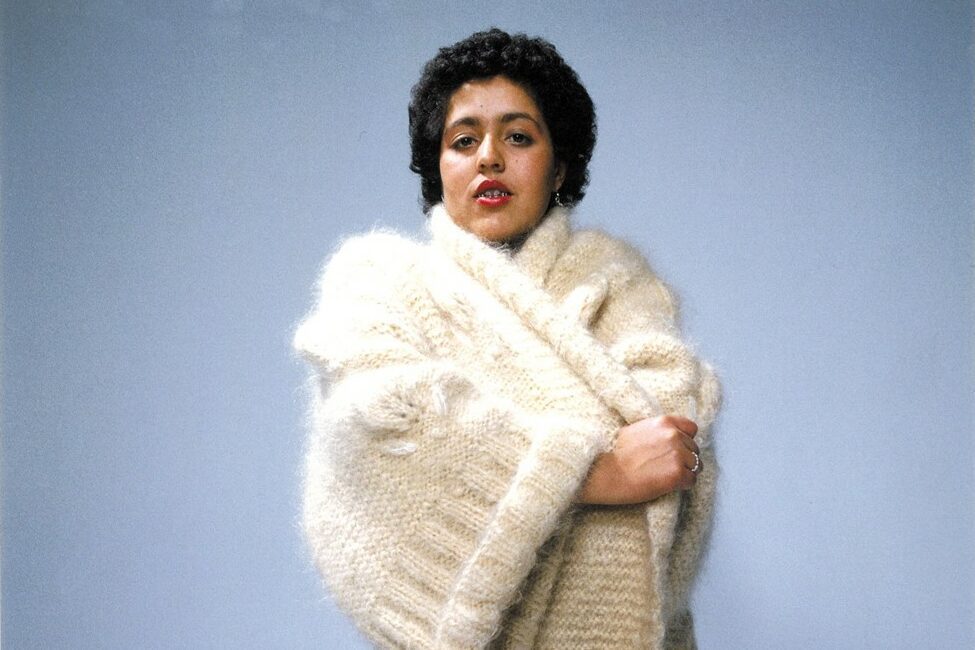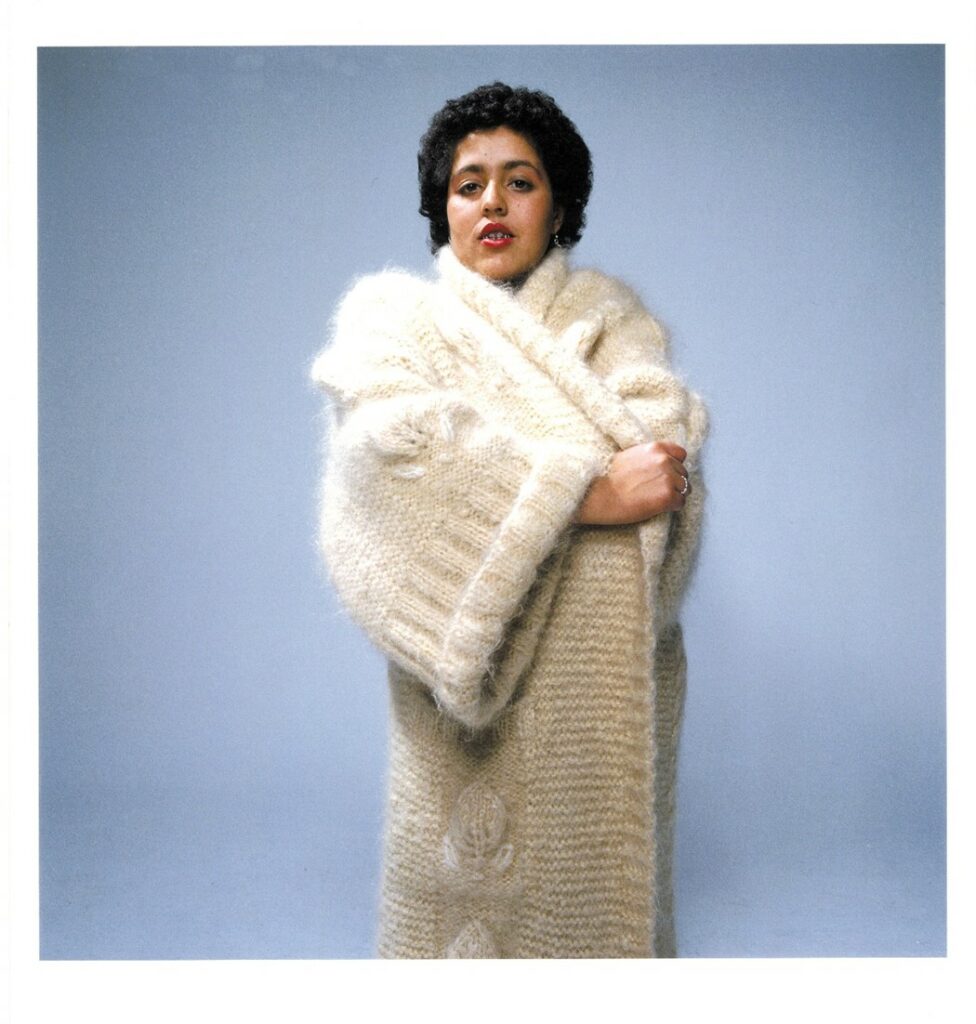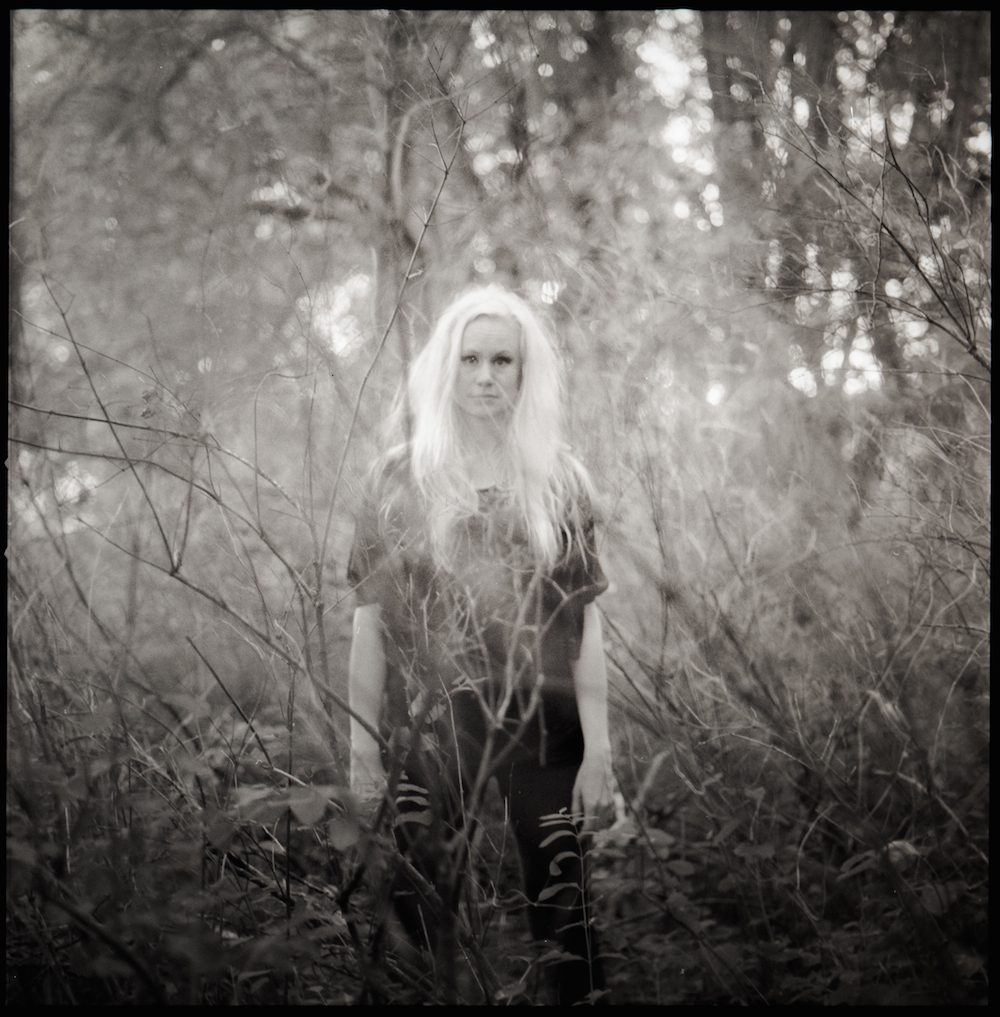Poly Styrene Battled Breast Cancer But it Wasn’t the End of her Legacy


As October—named Breast Cancer Awareness month—draws to a close, our thoughts turn to the extraordinary women in our personal lives and in the public sphere who’ve faced the disease. Musicians Minnie Riperton, Carly Simon, and Melissa Etheridge, designer Betsey Johnson, comedian Wanda Sykes, photographer Linda McCartney, feminist trailblazer Gloria Steinem, and author/advocate Audre Lorde, legends all, are just a few who’ve received this diagnosis.
Riperton, McCartney, and Lorde died of breast cancer—but not before sharing their remarkable inner strength with the world. Riperton filmed a public-awareness TV segment about her diagnosis in the late ’70s, speaking out to help other women at a time when public discussion of the disease was rare. McCartney attended one of her daughter Stella’s fashion shows toward the end of her life, in 1998; the physical frailty she allowed cameras to capture was nothing compared to the pride in her face and the message she conveyed: Until we die, we must live. And Lorde’s writing on cancer, such as in 1980’s The Cancer Journals, was so ahead of its time that it could have been published last week. She led the way in discussions of sexuality, environmentalism, and personal agency in relation to breast cancer, displaying power rather than victimhood even as she confronted a disease that would prove fatal.
And then there’s Poly Styrene (born Marianne Joan Elliott-Said), of punk band X-Ray Spex. Though she died of breast cancer in 2011, at the too-young age of 53, the marks she made on the world in her lifetime have proven indelible.
Styrene, who grew up in London, founded X-Ray Spex in 1976. She was the visual center of the band; her creative fashion sense and personal style made her hard to miss. Notably, she was also a woman of color—her mother was from England, her father from Somalia—in the primarily white and male punk world. But being an outsider was not new to her; Styrene’s daughter, Celeste Bell, has stated that the singer faced racism, poverty, and physical and sexual abuse during her lifetime; and some of Styrene’s songs explore these issues.
Wanting to branch out, Styrene left the band at its peak, in 1979. Next up was a solo album, 1980’s Translucence, on which she explored different musical styles—but as often happens, the world seemed to be expecting more of what she’d already done, and the album had only modest sales.
A few years later, Styrene took Bell to live in a Hare Krishna commune in the county of Hertfordshire. Her connections to the religion and to her spirituality lasted the rest of her life; her final album, 2011’s Generation Indigo, includes a track called “Electric Blue Monsoon” in which she honors Krishna traditions.
Styrene recorded several more solo albums after Translucence. And she appeared with X-Ray Specs for a reunion performance in 2008, from which came a live album, Live @ the Roundhouse London 2008.
Generation Indigo was written and recorded by Styrene in the years leading up to her death; her daughter and her sister provided backing vocals. Socially engaged throughout her life, Styrene included songs about racism, poverty, and protest on the album, which was released one month before her passing.
In 2018, Dayglo: The Poly Styrene Story was published in oral-biography form, cowritten by Bell and music journalist Zoe Howe. A documentary about Styrene, I Am A Cliché, is currently streaming in the U.K., Ireland, and Finland; it will be released in the U.S. and Canada in February 2022, with other countries to follow. Far from being forgotten, Styrene and her work are reaching even broader audiences through these projects, ensuring her legacy.
Her memory is honored; her light remains.
Author’s Note: Take care of your health by talking with your doctor about when you should begin breast screening, staying on top of the screenings that are recommended, and being aware of what is “normal” for your breasts. If you notice any changes, such as a new breast lump, a change in your breast shape, or any discharge from your nipple, make sure your gynecologist sees you promptly and that your concerns are taken seriously, regardless of your age; younger women can and do get breast cancer, but their diagnoses are too often delayed. This happened with my own breast cancer diagnosis, in 2008, which was delayed for several months after I found a lump. I wish someone had told me at the time to make more noise on my own behalf. But I have remained cancer-free in the years since my treatment—and I have learned that just as we stand up for all the causes we support, we’ve got to stand up for ourselves.




